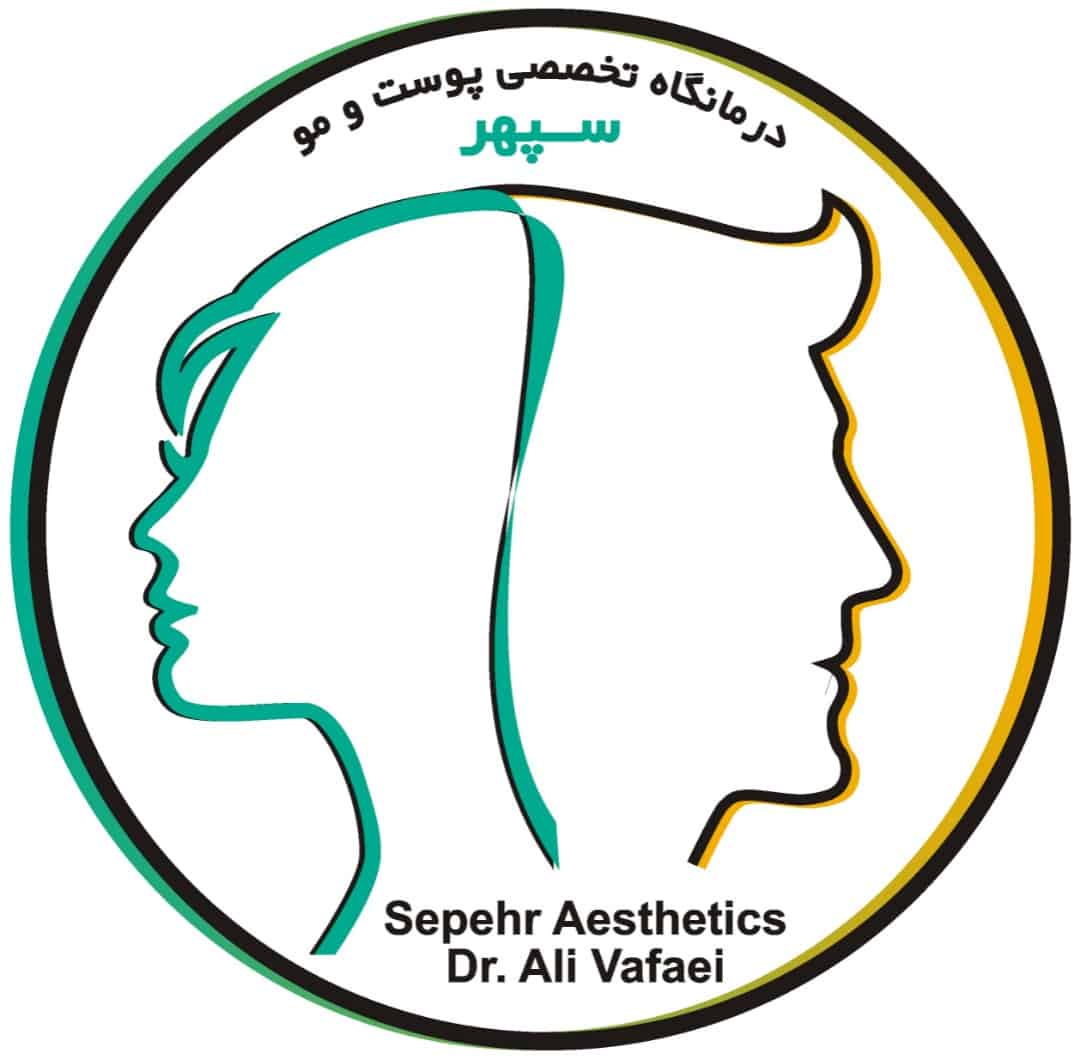Scalp Hair Disorders
- Trichoschisis, Trichoclasis, and Trichoptilosis
- Pohl-Pinkus Marks
- Monilethrix(Beaded Hair)
- Pseudomonilethrix
- Pili Torti(Twisted Hair)
- Trichorrhexis Invaginata(Bamboo Hair)
- Trichorrhexis Nodosa
- Menke`s Kinky Hair Syndrome
- Trichonodosis
- Pilli Annulati(Ringed Hair)
- Trichothiodystrophy
Aside from performing specific blood tests and scalp biopsy when indicated, hair loss diagnosis encompasses a systematic approach consisting of a directed history, physical examination of the scalp, and specific clinical assessments that can be performed at the time of the initial consultation. One of these assessments is microscopic hair shaft evaluation. Although it is felt by some that every patient with a hair complaint should undergo a microscopic hair shaft examination, it is clearly indicated in cases where hair breakage or fragility is suspected.
The technique involves grasping a group of 10-20 hairs from an affected area and cutting them transversely adjacent to the scalp with a small scissors. It is suggested that both short and long hairs be chosen because different lengths along the shaft may show a different pathology. The clipped hairs are examined by 10 x power light microscopy. Sometimes we use polarizing lens to reveal additional findings.
Hair shaft anomalies can be hereditary or acquired. Some are encountered as isolated findings while others are associated with a disease or syndrome. Below is a brief summary about these anomalies for you to become more familiarize with them.
Trichoschisis, Trichoclasis, and Trichoptilosis
These are different types of fractures of the hair shaft. Trichoschisis is a clean, transverse fracture through both the hair shaft cuticle and hair cortex.
Trichoclasis is a transverse fracture only through the cortex in which the hair is held together by the intact cuticle. Trichoschisis and Trichoclasis can be caused by trauma and are also seen in trichothiodystrophy, which will be described later. Both of these conditions result in very fragile hairs.
Trichoptilosis is commonly known as `Split ends` and consists of longitudinal splitting or fraying of the distal end of the hair shafts. It is generally seen with long hair and is caused by excessive combing or brushing, chemical damage.
Pohl-Pinkus Marks
Pohl-Pinkus Marks represent zones of decreased shaft diameter or constrictions. They are secondary to systemic diseases, surgery, or chemotherapy and can be seen sometimes after hair transplantation.
Monilethrix(Beaded Hair)
Monilethrix is characterized by the presence of altering nodes with a medulla and narrower, internodal areas without a medulla. It is a congenital, autosomal dominant disorder that presents with alopecia of the occipital region which slowly extends over the entire scalp. The severity of involvement varies from generalized to only localized scalp involvement. The condition generally improves with age.



Pseudomonilethrix
Pseudomonilethrix is an artifact caused when pressure from the microscopic slides is applied on two overlapping hairs. A lateral flattening of the hair shaft occurs that looks like a node. When the affected hair shaft is rotated 90˚, the node is seen as an indentation caused by pressure from the overlapping hair.
Pili Torti(Twisted Hair)
In this disorder, the hair shaft makes irregular longitudinal twists along its long axis rotating 90˚ to 360˚. The hairs are flattened, brittle, and break easily. It can be seen as an isolated congenital anomaly or associated with other ectodermal defects.
Trichorrhexis Invaginata(Bamboo Hair)
In Trichorrhexis Invaginata hairs are short, thin, dull, and friable. Multiple nodules along the hair shaft are revealed under the microscope. The nodules resemble a `ball and socket` joint or the `joints of a bamboo cane`. Netherton`s syndrome is composed of atopy, ichthyosis (a disorder of skin keratinization), and Trichorrhexis Invaginata.


Trichorrhexis Nodosa
This disorder is usually produced by trauma to the hair shaft, either physical (combing, brushing, drying, sun exposure) or chemical. There are also congenital forms. The hairs exhibit one or more nodules that consist a longitudinal fracture along the hair shaft with the appearance of `two broom whisks end to end.
The affected hairs are friable and break at the nodes. The chief complaint is usually of having observed `little balls` in the hair or that the hair does not grow and does not need to be cut.

Menke`s Kinky Hair Syndrome
This syndrome is due to a disorder in intestinal absorption and intercellular transfer of copper. It is a sex-linked recessive disorder characterized by kinky hair, Trichorrhexis Nodosa, Pilli Torti, and fatal neurologic abnormalities.
Trichonodosis
Trichonodosis is characterized by spontaneous knotting of the hair in patients with curly hair and is caused by physical trauma. The hair is short due to fragility with subsequent fracture at the knotted area.
Pilli Annulati(Ringed Hair)
This defecit is seen in hereditary forms with variable expression although sporadic cases have been reported. It manifests during infancy as hair with alternating dark and light bands without fragility. The dark bands are composed of air bubbles in the cuticle and cortex that do not permit transmitted light to pass through. Under reflected light, the colors reverse and the dark bands appear shiny.
Trichothiodystrophy
Trichothiodystrophy is an autosomal recessive disorder characterized by short, brittle, ftattened hair of low-sulfur content and other neuroectodermal abnormalities. The alopecia involves the scalp, eyebrows, and eyelashes. On light microscopy, the hairs have an undulating, wavy pattern with Trichoschisis fractures. Examination under polarized light shows a characteristic `Tiger-Tail` or alternating dark and lighting pattern.
When evaluating a patient with hair fragility and breakage, the hair shaft disorders should be kept in mind as part of the differential diagnosis.

